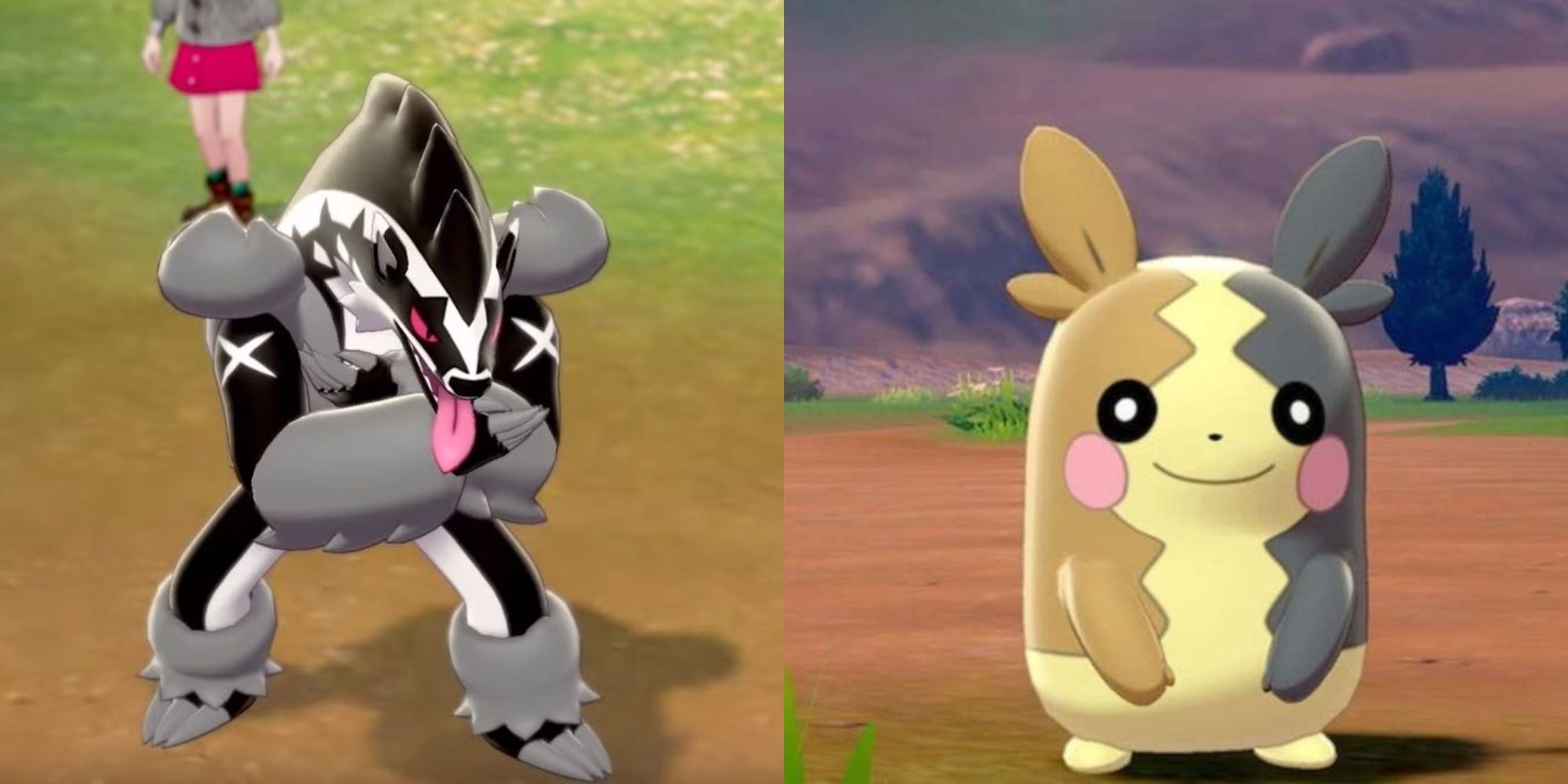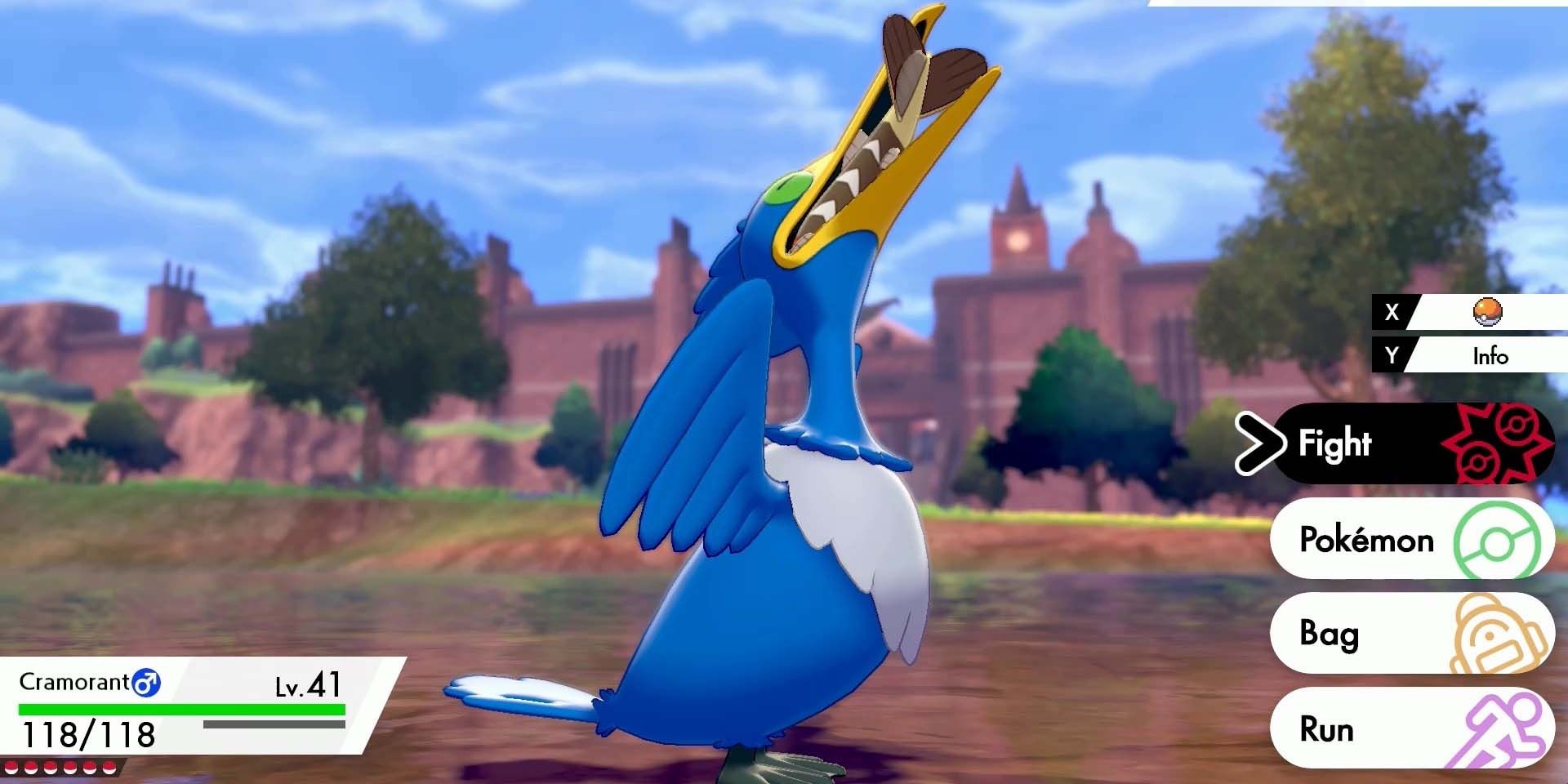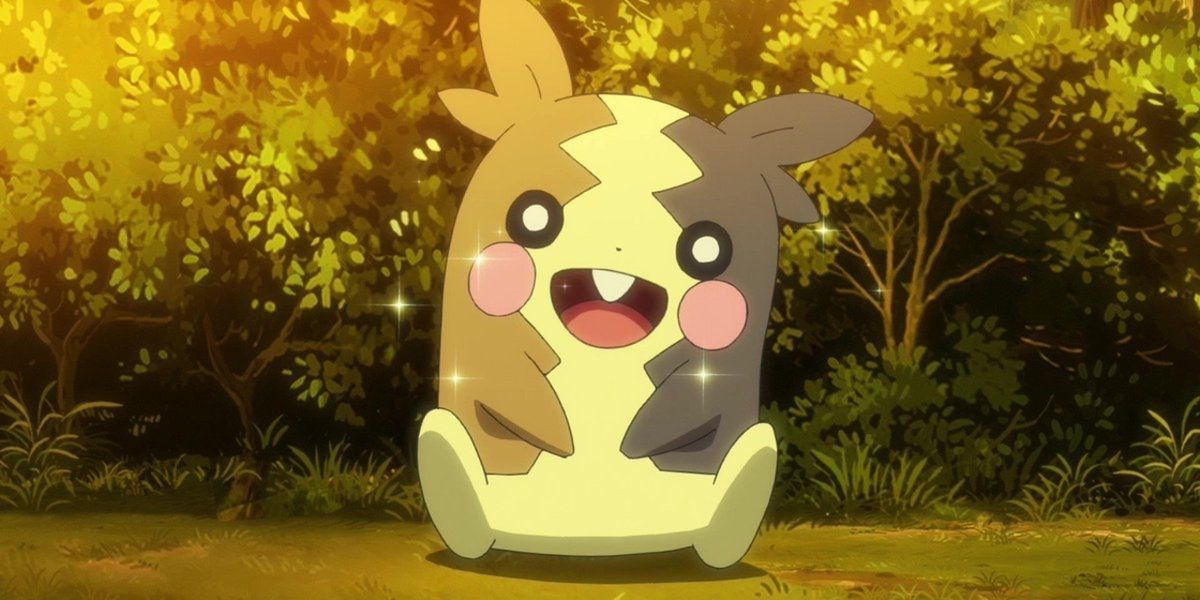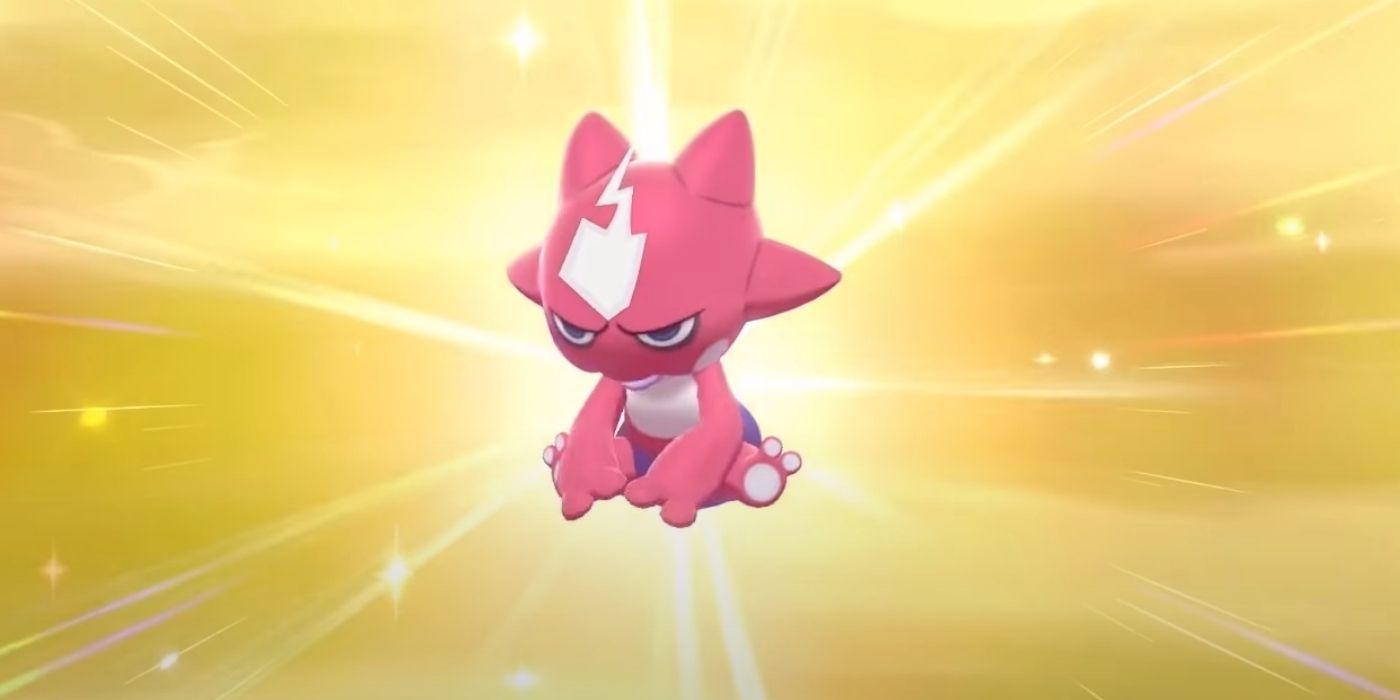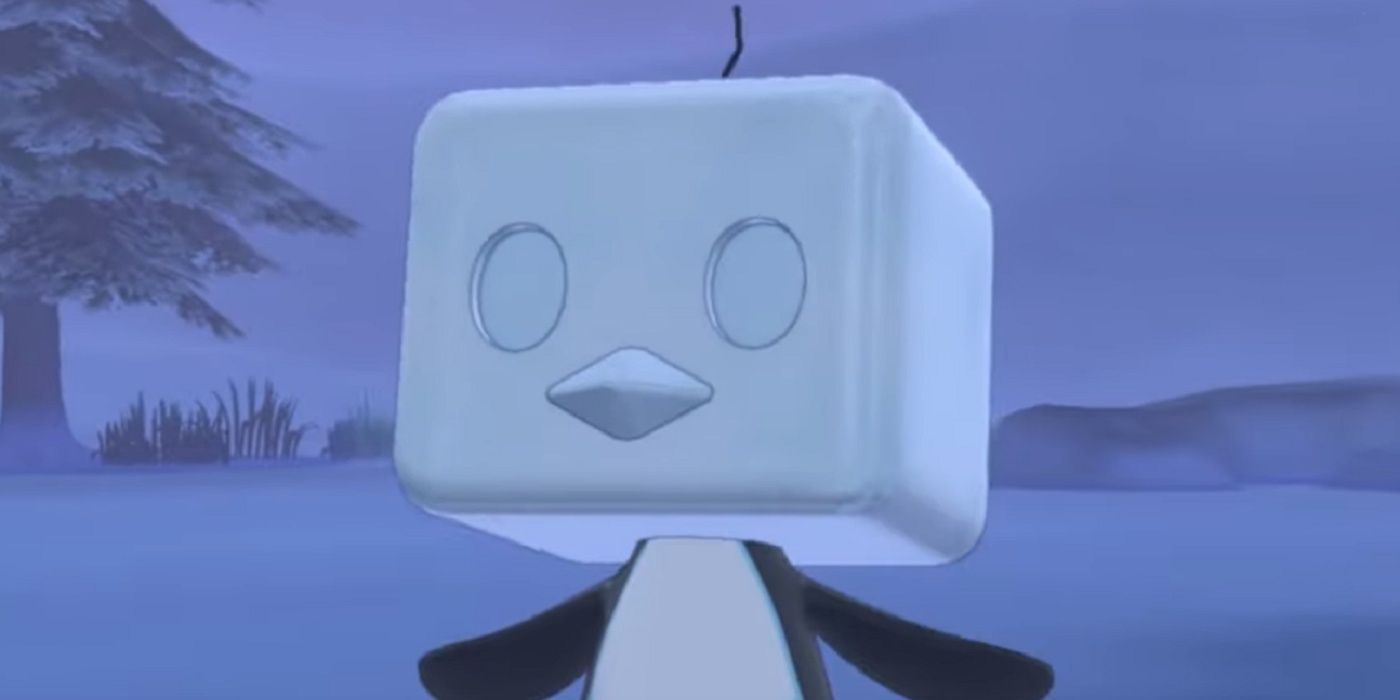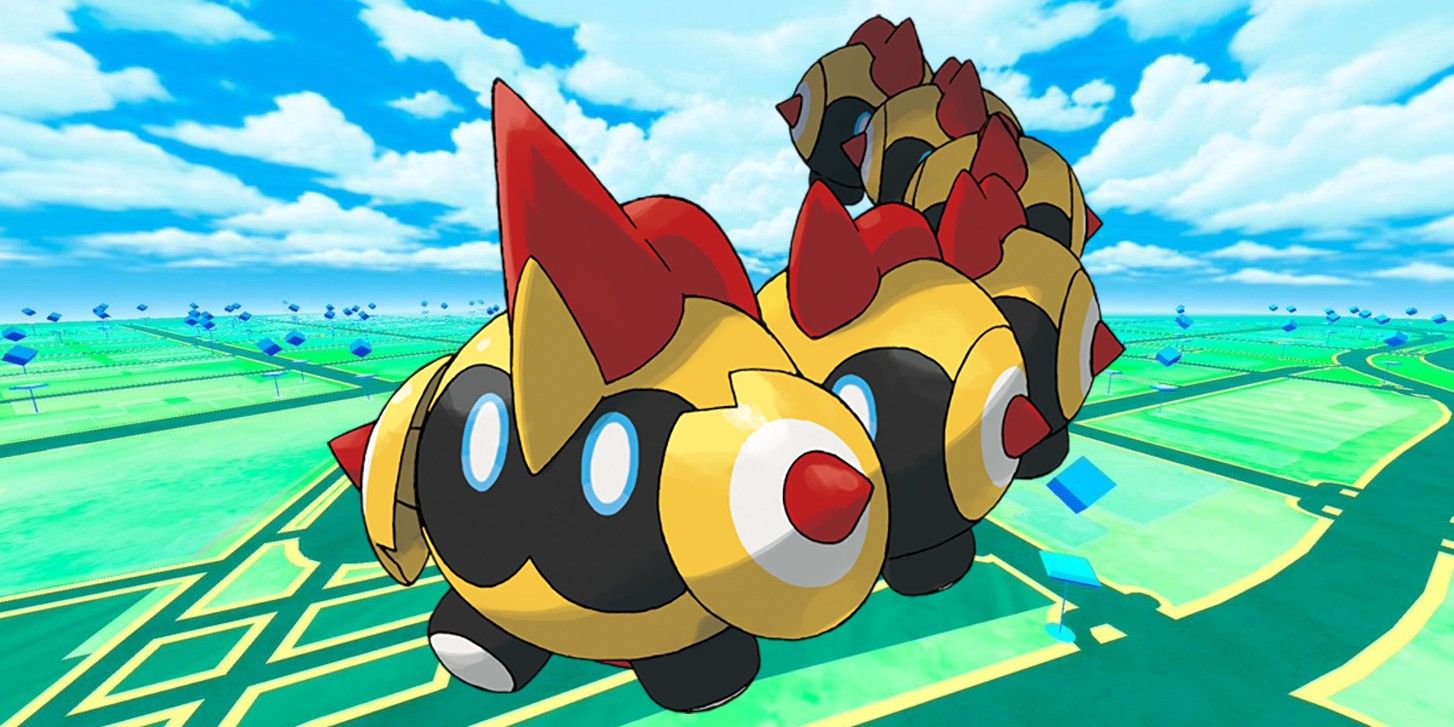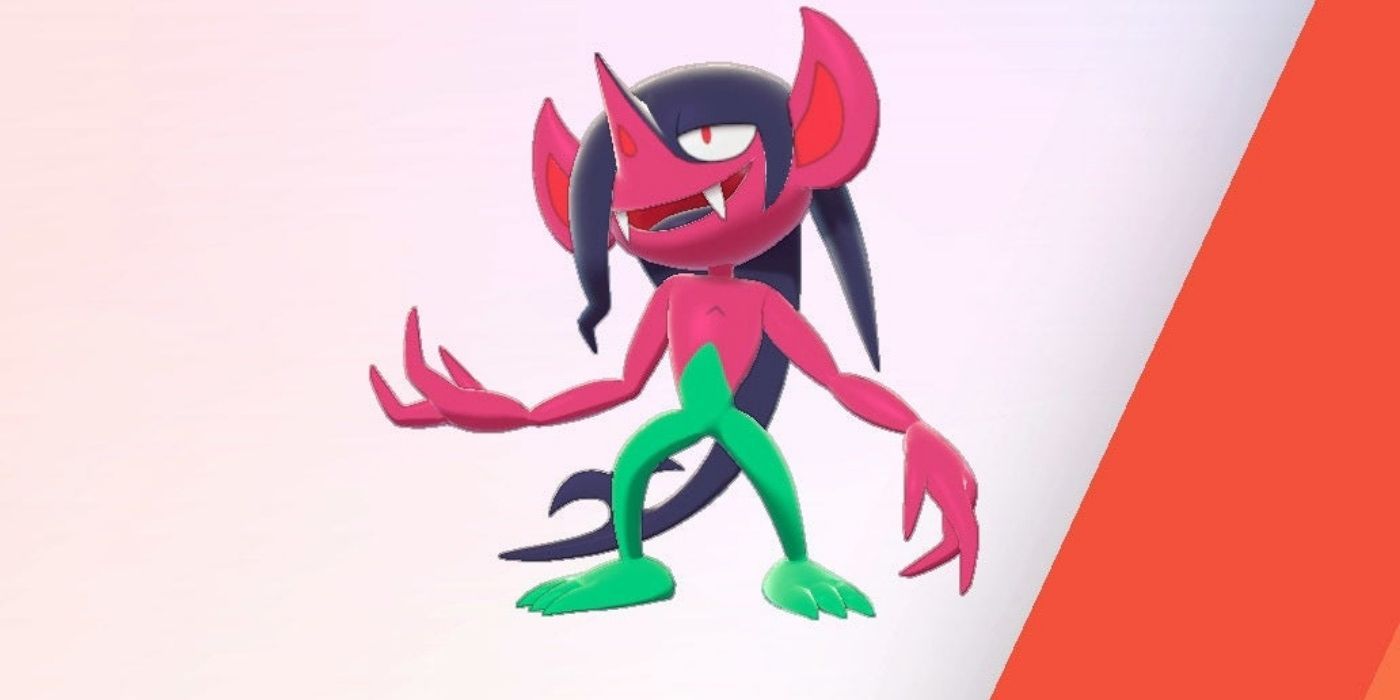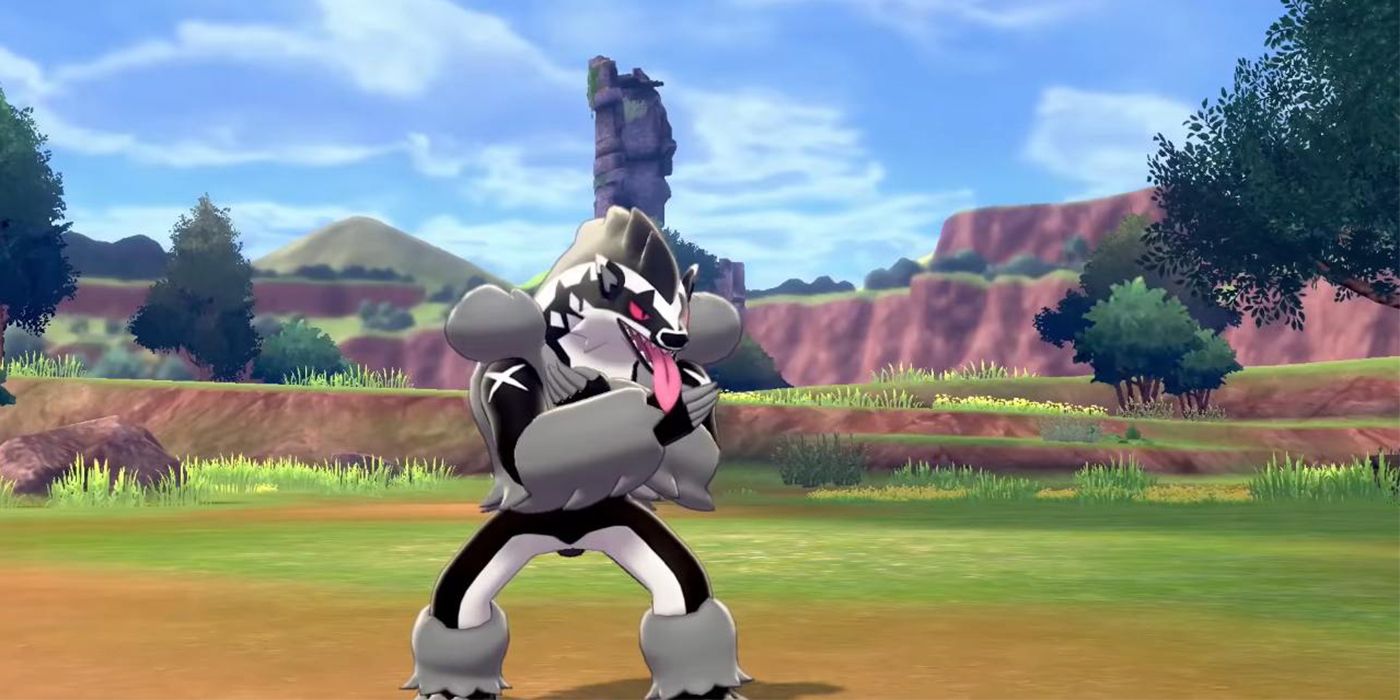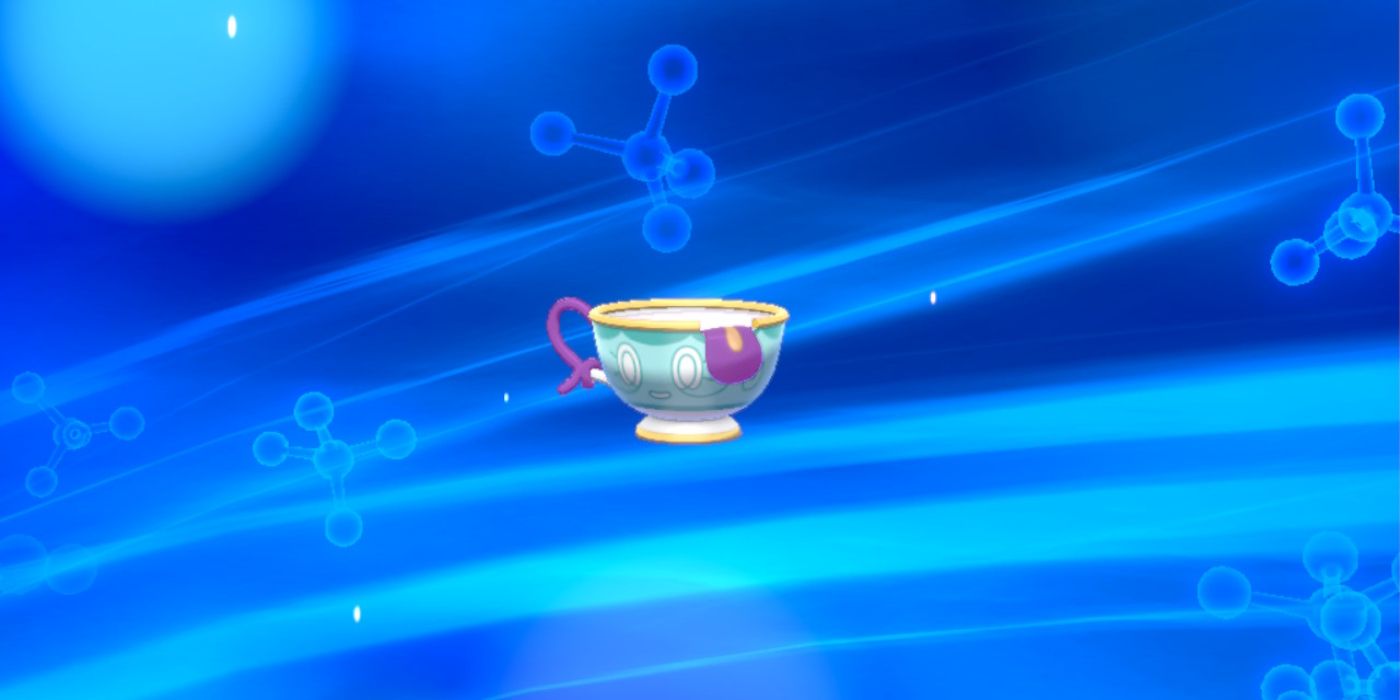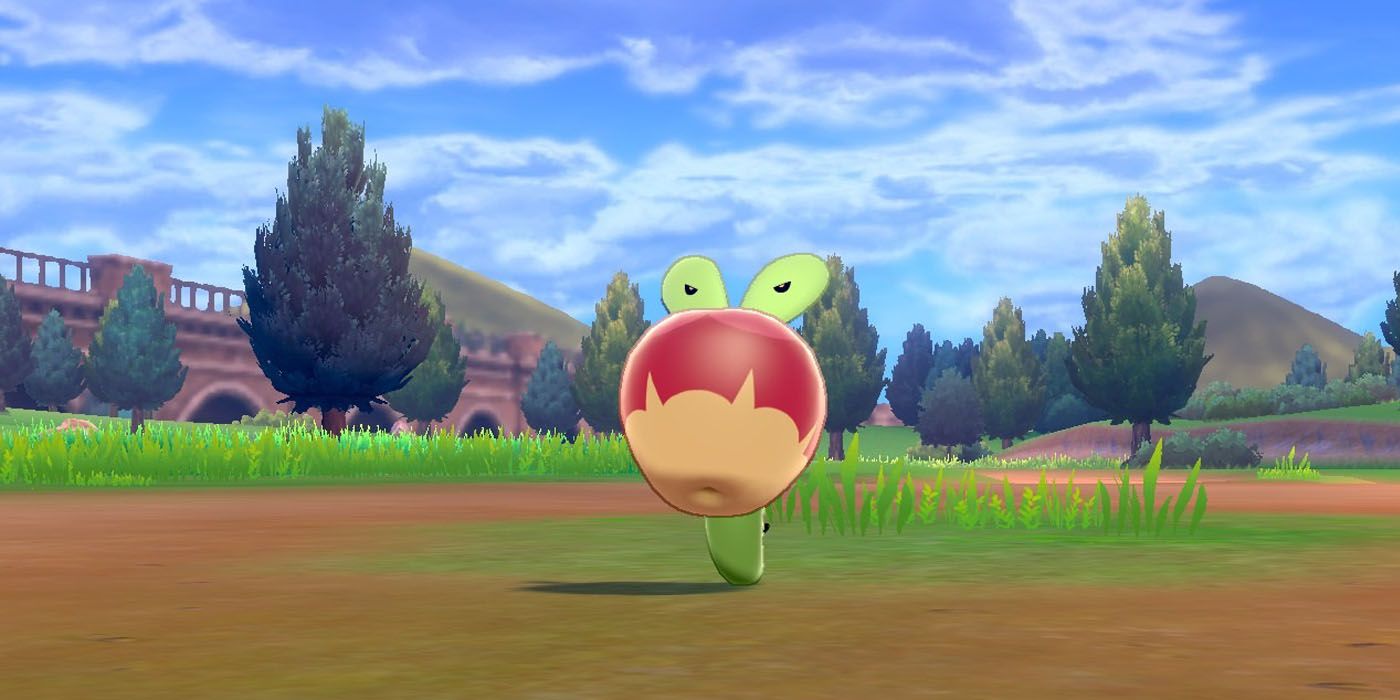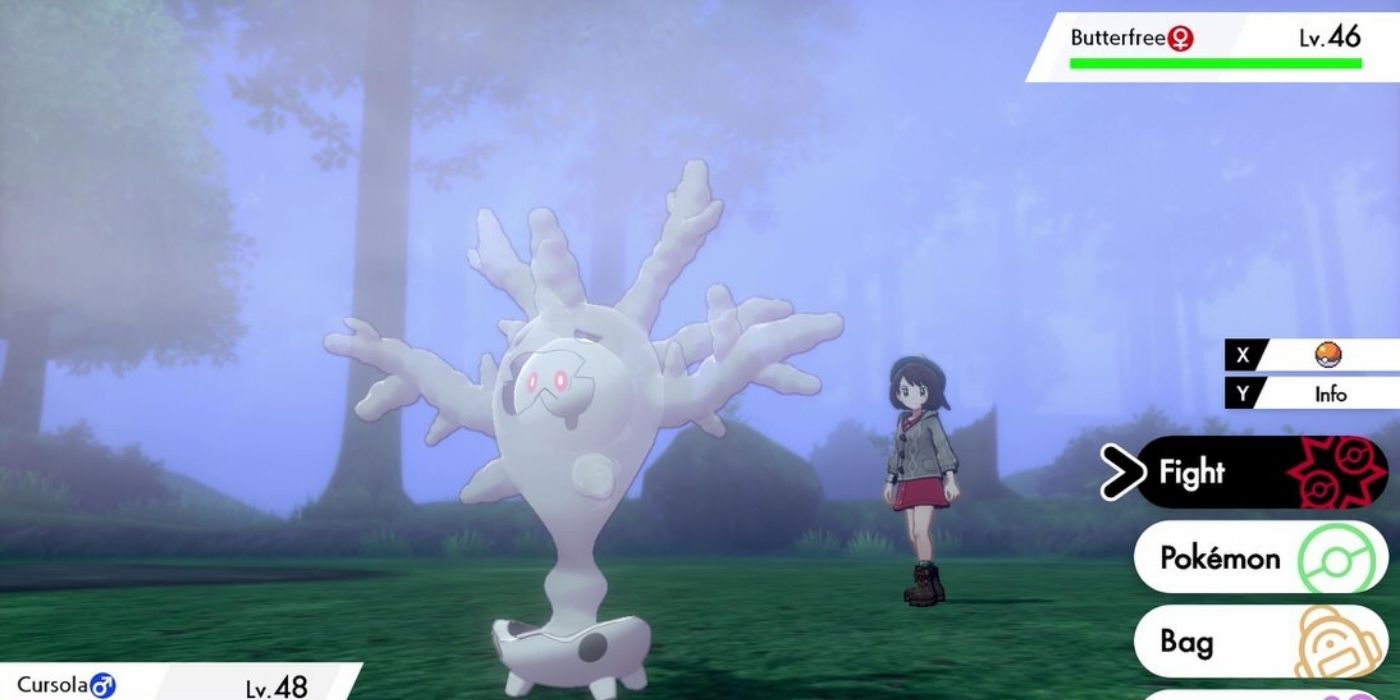Pokémon Sword & Shield introduced Pokémon fans to 89 brand new Pokémon upon the eighth generation’s release on November 15, 2019. While each new addition is exciting in its own way, there are a few new Pokémon, in particular, that are obvious standouts.
Admittedly, some of the new Pokémon introduced in Pokémon Sword and Shield adhere to relatively basic Pokémon archetypes. For example, Rookidee is clearly Generation Eight’s reincarnation of common 3-stage bird Pokémon, such as Pidgey. However, the Pokémon Sword and Shield games also introduce fans to far more unique Pokémon, including some which even introduce brand new game mechanics.
Cramorant
At first glance, Cramorant may not seem to be much different from other bird Pokémon found by the sea. Much like Pelipper or Swanna, Cramorant is a big, blue bird that isn’t particularly difficult to find. However, Cramorant is the only Pokémon that fans can witness actually eating other Pokémon.
Pokémon Sword and Shield alludes to some sort of Pokémon food chain in a way that earlier generations attempted to avoid, but Cramorant is the only Pokémon proudly consuming other Pokémon (Arrokuda, specifically) directly in front of Pokémon fans.
Morpeko
Much like Cramorant, Morpeko may not appear unusual when lined up against other electric mouse Pokémon. However, Morpeko has a ‘dark side’ as a dual-type Electric/Dark Pokémon. While Pokémon features numerous dual-type companions, Morpeko’s ability to switch between unique electric and dark forms throughout a battle using Hunger Switch is sure to catch new trainers off guard.
Its fascinating signature ability completely changes the Pokémon’s appearance from turn to turn, but this mechanic is not purely aesthetic. While Hunger Switch alternates between Morpeko’s Full Belly and Hangry Modes, Morpeko’s signature move, ‘Aura Wheel,’ alternates between Electric-Type and Dark-Type, respectively.
Toxel
Toxel is an exciting Pokémon due to the two separate evolutionary forms it can potentially take after reaching a sufficient level. As of the release of Pokémon Sword and Shield, there are numerous ways to trigger evolution in various Pokémon, and a number of factors that may impact what type of Pokémon one will become following evolution.
Starting at level 30, Toxel may evolve into either Toxtricity's Amped Form or Low Key Form, depending on the nature of the Toxel that is evolving. Since a Pokémon's nature is randomly determined upon capture, players may have to search far and wide before successfully obtaining both forms of Toxtricity through evolution. This mechanic provides an exciting challenge for players determined to 'catch em all.'
Eiscue
As demonstrated by both Toxel and Morpeko, the creators of Pokémon Sword and Shield seem to have had quite a bit of fun producing Pokémon with a variety of different forms. Yet another new Pokémon with multiple forms is Eiscue, the Penguin Pokémon.
Eiscue's Ice Face ability works similarly to Mimikyu's Disguise ability in that Ice Face can protect Eiscue from one physical attack, preventing HP loss. However, upon receiving physical damage, Eiscue will change into its Noice Face form. Noice Face Eiscue has lowered defense and increased speed. Unlike Mimikyu's Disguise ability, however, Eiscue can reactivate Ice Face if hail is present on the battlefield. This is incredibly useful for players with teams suited to hail.
Falinks
While there are a few Pokémon featuring multiple heads, such as Doduo and Dugtrio, multiple distinct individuals combining to form one Pokémon is a more unusual phenomenon in the world of Pokémon.
Much like Exeggcute is a singular Pokémon consisting of six distinct individuals, Falinks is a singular unit made of six small creatures. Every Falinks features five troopers and one slightly larger leader. The five Falinks troopers work together to carry out their leader's orders, and their exceptional communication actually allows this Pokémon to disperse and regroup in different formations to battle more effectively.
Morgrem
Morgrem's entire evolutionary line consists of interesting Pokémon, but Morgrem is the most visually interesting. Morgrem's signature move, False Surrender, is used to lure its opponent into a false sense of security before stabbing them with its spear-like hair.
Beyond this, Morgrem's evolutionary line consists of the only known dual-type Fairy/Dark Pokémon as of the release of Pokémon Sword and Shield. While Morgrem's Dark-type renders this Pokémon weak to Fairy-type attacks, despite also being Fairy-type, Morgrem's evolutionary line contains the only Fairy-type Pokémon to feature a double resistance to Dark-type moves, which results in these Pokémon taking 25 percent of the standard damage done by Dark-type moves.
Obstagoon
Arguably, Obstagoon's entire evolutionary line is exciting when compared to the Zigzagoon and Linoone from regions outside of the Galar region. However, Obstagoon is particularly unique in that players can only obtain it through evolving Galarian Linoone, specifically, and it is a Pokémon that simply cannot be captured outside of the Galar region.
While there is nothing inherently wrong with Normal-type Pokémon, the Normal-type Zigzagoon and Linoone found in previous Pokémon games are known to be common beginner Pokémon. Therefore, the less common Galarian variant of this particular Pokémon brings more excitement into encountering members of Obstagoon's evolutionary line.
Sinistea
Both Sinistea and Polteageist (the next Pokémon in Sinistea's evolutionary line) are fascinating for a few different reasons. For one thing, Sinistea and Polteageist are some of the only Ghost-type Pokémon to feature the Weak Armor ability, which renders these Pokémon more vulnerable to physical attacks than most Ghost-type Pokémon. However, this ability really emphasizes the idea that Sinistea is a spirit possessing a teacup, as teacups are known to be very fragile.
The most interesting thing about Sinistea, however, is that there is a 1-10 percent chance for players to encounter an Antique Form Sinistea in the wild. The other 90-99 percent of Sinistea take on the Pokémon's Phony Form, and there is no chance for the Antique Form to be reproduced through breeding.
Applin
While there are a number of Pokémon designs that were clearly inspired by inanimate objects, Applin may be the most convincing. By all appearances, Applin really is just an apple. However, this tricky, dual-type Grass/Dragon Pokémon is actually a worm that spends the majority of its life burrowed inside of an apple.
Applin's unique qualities stretch beyond this Pokémon's convincing disguise, however. Applin is yet another Pokémon with a highly specific method of evolution. Players may present their Applin with either a Tart Apple or a Sweet Apple to help their Applin evolve into a Flapple or an Appletun, respectively.
Cursola
Cursola is the evolved form of Galarian Corsola, a Ghost-type variant of the more commonly seen Water-type Corsola from other regions. Like Sinistea and Polteageist, Cursola and Galarian Corsola are Ghost-type Pokémon with the Weak Armor ability. However, Cursola's hidden ability, Perish Body, may be even more interesting than Weak Armor.
The Perish Body ability is Cursola's signature ability and is therefore only demonstrated by other Cursola. If Cursola is hit by a move that makes contact with its body, a three-turn 'perish counter' begins for both Cursola and the opponent who used the contact move. If either Pokémon fails to switch out (or win) by the end of the perish counter, that Pokémon will faint, regardless of their remaining HP.

